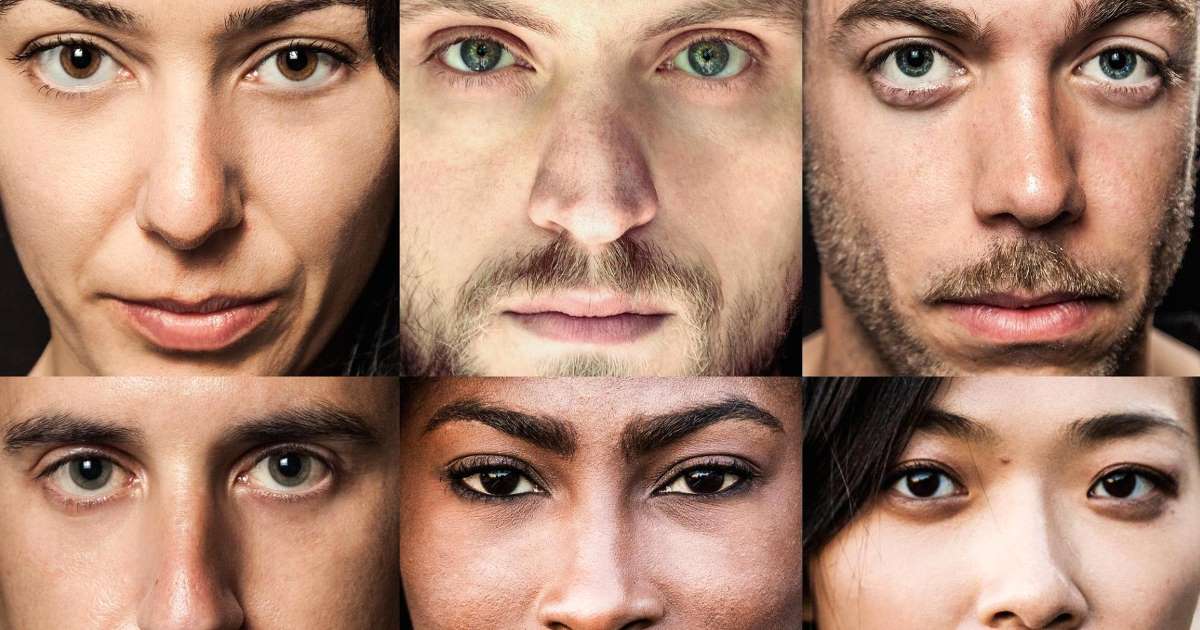A new study published in the Journal of Personality and Social Psychology posits there’s a good chance you can tell if someone is rich or poor just by looking at them.
“The relationship between well-being and social class has been demonstrated by previous research,” R. Thora Bjornsdottir, a graduate student at the University of Toronto and co-author of the study, tells CNBC Make It. In general, people with money tend to live happier, less anxious lives compared to those struggling to make ends meet. She and her team demonstrated “that these well-being differences are actually reflected in people’s faces.”
Bjornsdottir and her co-author, psychology professor Nicholas O. Rule, had undergraduate subjects of various ethnicities look at gray-scale photographs of 80 white males and 80 white females. None showed any tattoos or piercings. Half of the photos were of people who made over $150,000 a year, which they designated as upper class, and the other half were people who made under $35,000, or working class.
When the subjects were asked to guess the class of the people in the photos, they did so correctly 68 percent of the time, significantly higher than random chance.
“I didn’t think the effects would be quite as strong, especially given how subtle the differences are” in the faces, Rule told The Cut. “That’s the most surprising part of the study to me.”
“People are not really aware of what cues they are using when they make these judgments,” Bjornsdottir told the University of Toronto. “If you ask them why, they don’t know. They are not aware of how they are doing this.”
But the researchers wanted to know, so they zoomed in on facial features. They found that subjects were still able to guess correctly when they just looked at the eyes, and the mouth was an even better clue. But neither isolated part was as a reliable an indicator as the whole face.
The effect is “likely due to emotion patterns becoming etched into their faces over time,” says Bjornsdottir. The chronic contraction of certain muscles can actually lead to changes in the structure of your face that others can pick up on, even if they aren’t aware of it.
When the researchers showed the undergrads photos of people looking visibly happy, they could not discern socioeconomic status any better than chance. The expressions needed to be neutral for the subtle cues to have an effect.
“Over time, your face comes to permanently reflect and reveal your experiences,” Rule told the University of Toronto. “Even when we think we’re not expressing something, relics of those emotions are still there.”
Finally, to show how these kinds of first impressions could come into play in the real world, they asked the undergrads to decide who in the photos would be most likely to land a job as an accountant. More often than not, they went with people from the upper class, showing how these kinds of snap judgment can create and reinforce biases.
“Face-based perceptions of social class may have important downstream consequences,” they concluded.
“People talk about the cycle of poverty,” Rule said, “and this is potentially one contributor to that.”
















